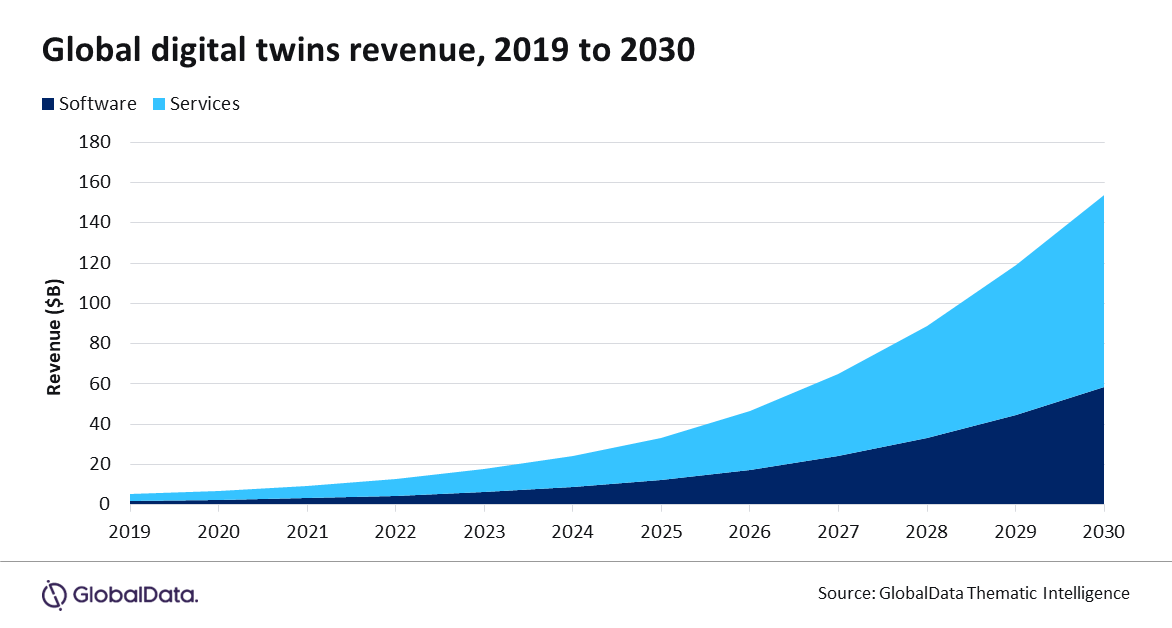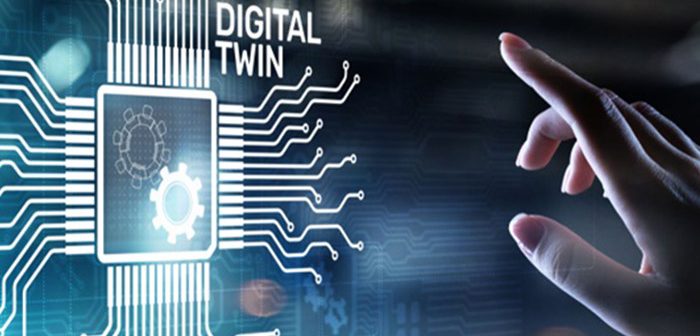
Digital twins are becoming increasingly integral as companies prioritize resilience and digital transformation in their operations.
They serve as virtual replicas, enhancing operational efficiency, cost reduction, and predictive analytics, while enabling remote collaboration. With advancements in IoT, cloud, AI, and data analytics, the global market for digital twins, spanning software and services, is projected to exceed $150 billion in 2030, says GlobalData.
GlobalData’s latest thematic report, “Digital Twins” reveals that within the global digital twins market, the services segment will dominate, contributing over 60% of the total market revenue in 2030.
Despite the growing number of applications for digital twins, such as remote asset monitoring, 3D design, and modeling the impacts of drugs on patients, interoperability remains a significant concern.

Pinky Hiranandani, Senior Thematic Intelligence Analyst at GlobalData, comments: “While far from ubiquitous today, the adoption of digital twins is increasing across industries, although challenges around security and interoperability still need to be addressed. Standardizing data formats, communication protocols, and interfaces for the seamless integration across different platforms, software, and hardware are required for digital twins to communicate with each other effectively. Efforts are underway to address these challenges, but achieving full interoperability requires collaboration among the industry stakeholders, technology providers, and standardization bodies.”
While digital twins have several benefits, the complexity and cost of implementing them will inhibit adoption, especially for complex use cases. Digital twins require significant upfront costs, while the value may only be realized much later. However, some companies provide composable digital twin platforms that can be linked, reused, and customized to create tailored solutions.
Hiranandani concludes: “Companies can take a modular approach to implementing digital twins, allowing for small successes that can then be replicated at scale. Industry bodies such as the Digital Twin Consortium (DTC) are developing reference architectures to help reduce complexity. Defining clear objectives and use cases and having a solid data governance and security foundation will be essential to realize the benefits of digital twins.”






